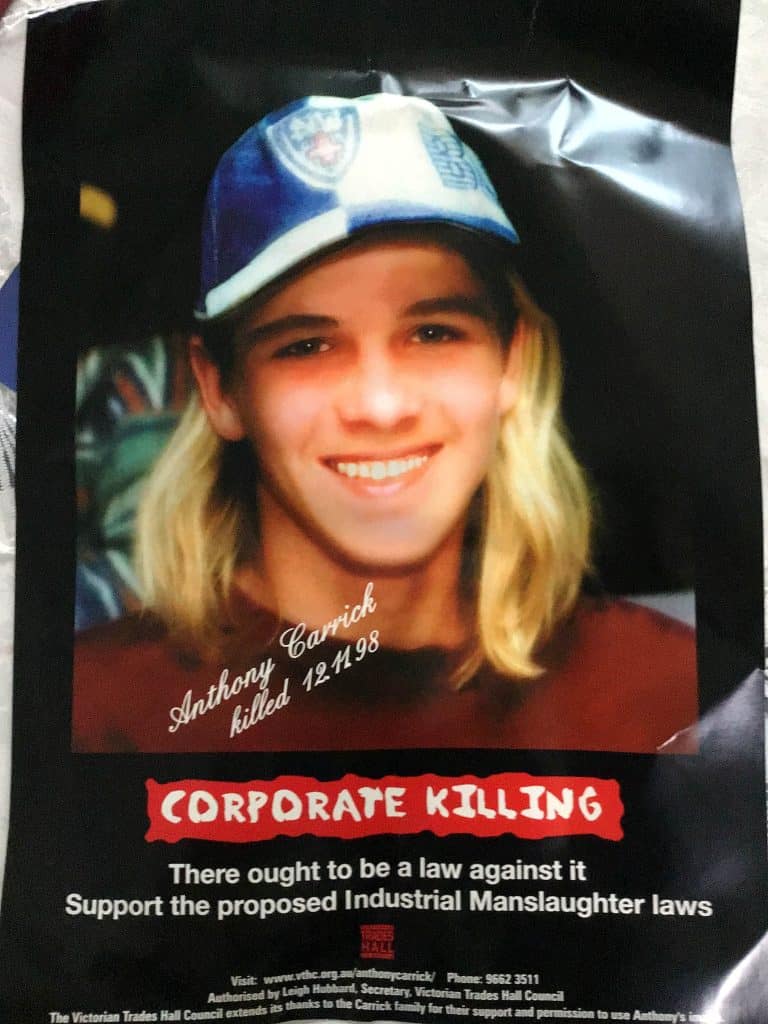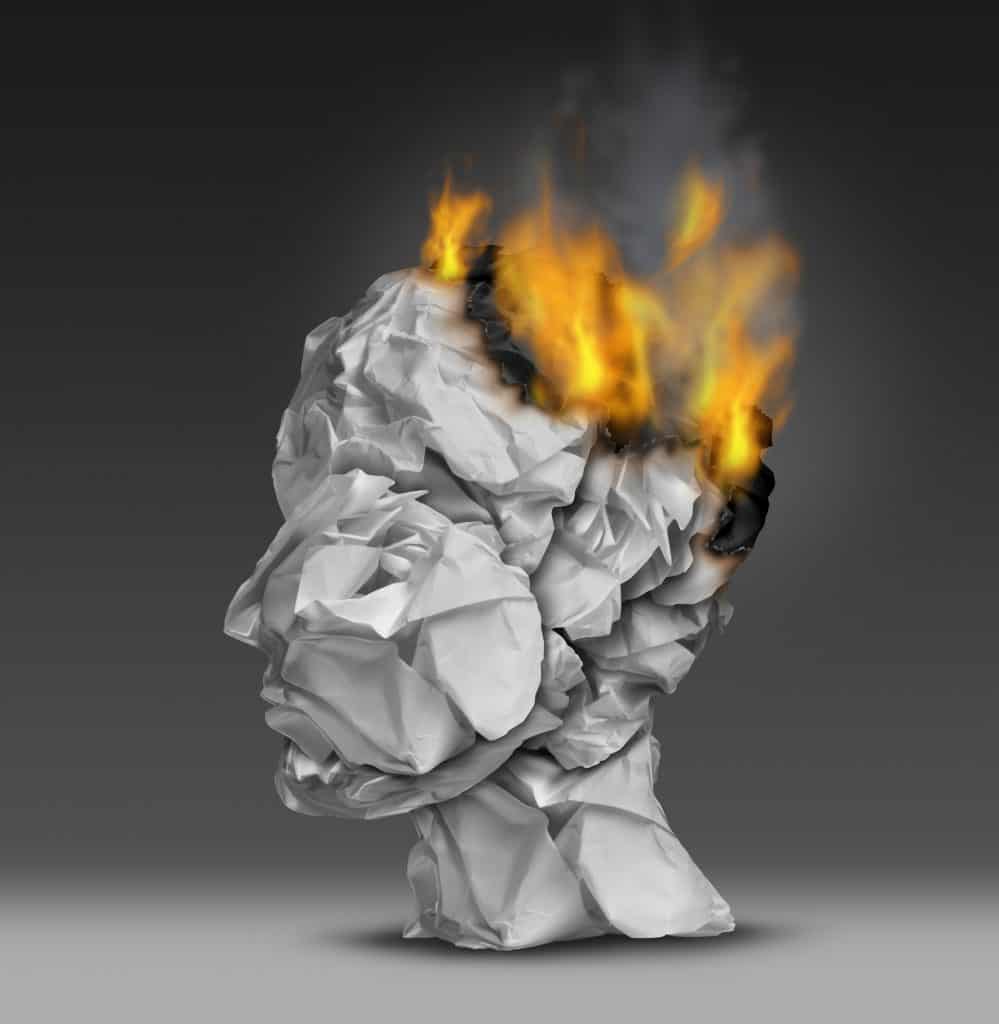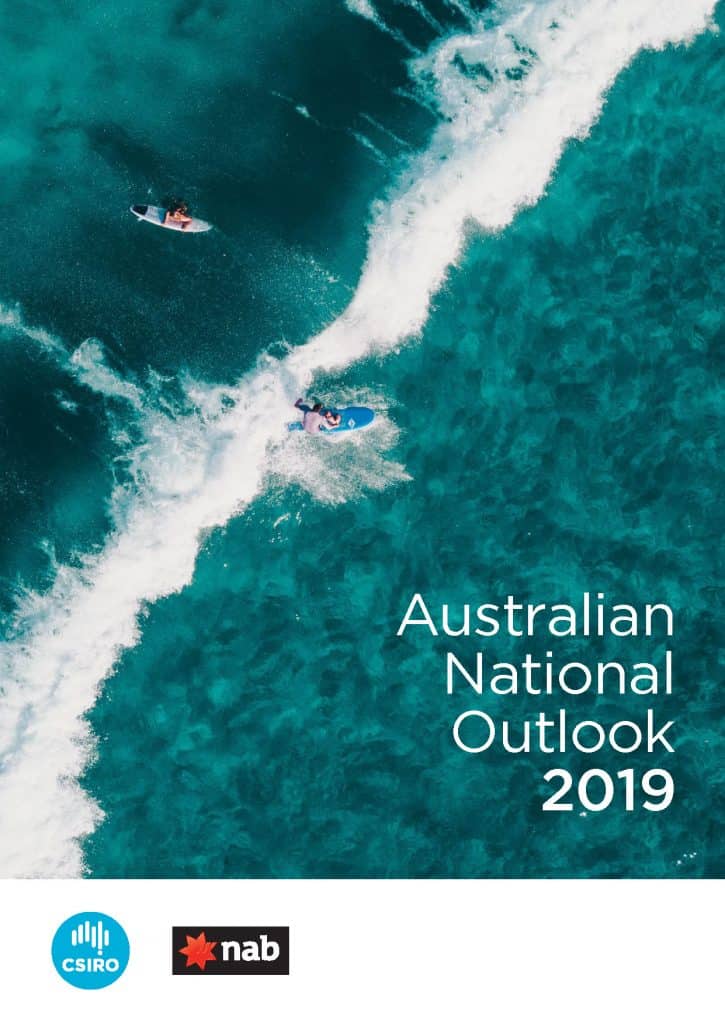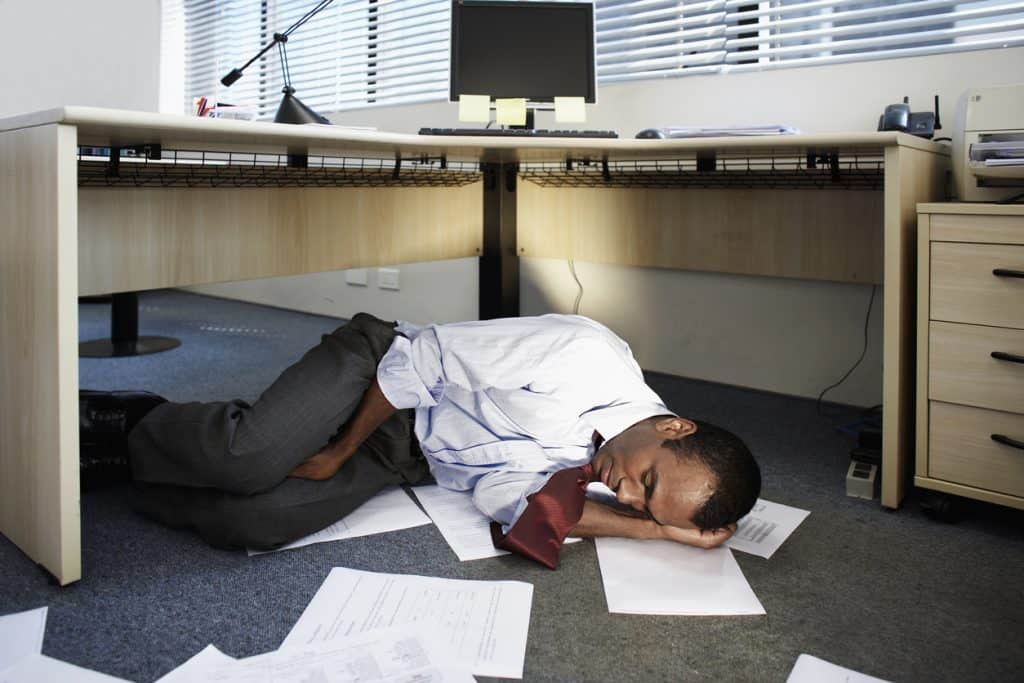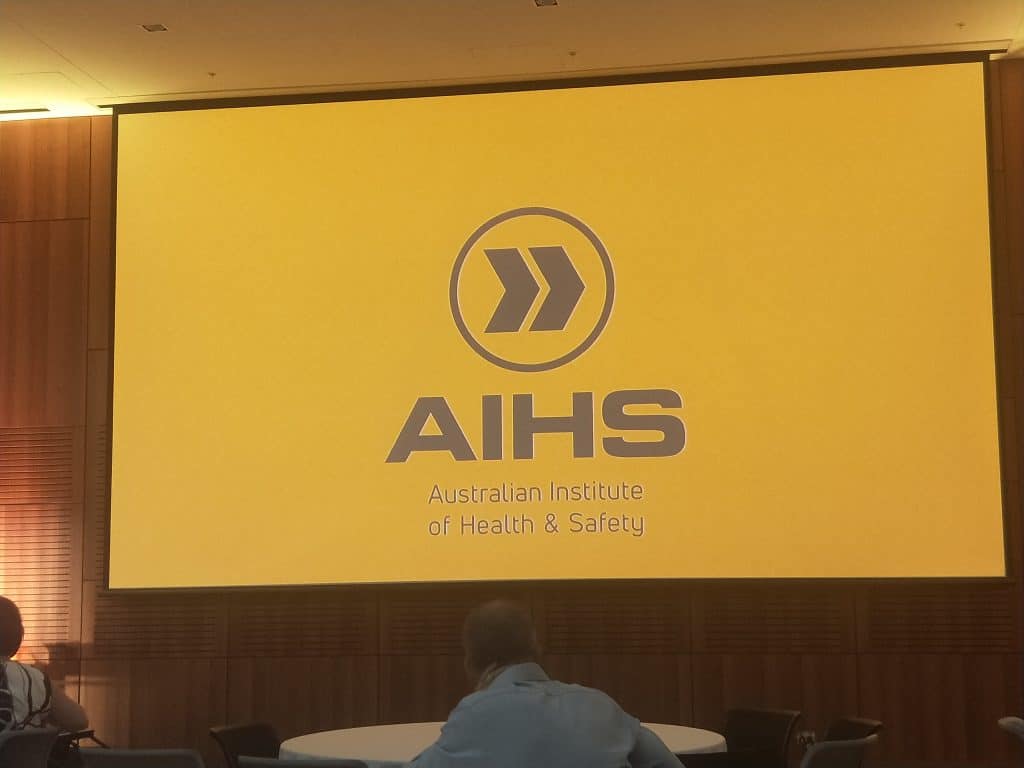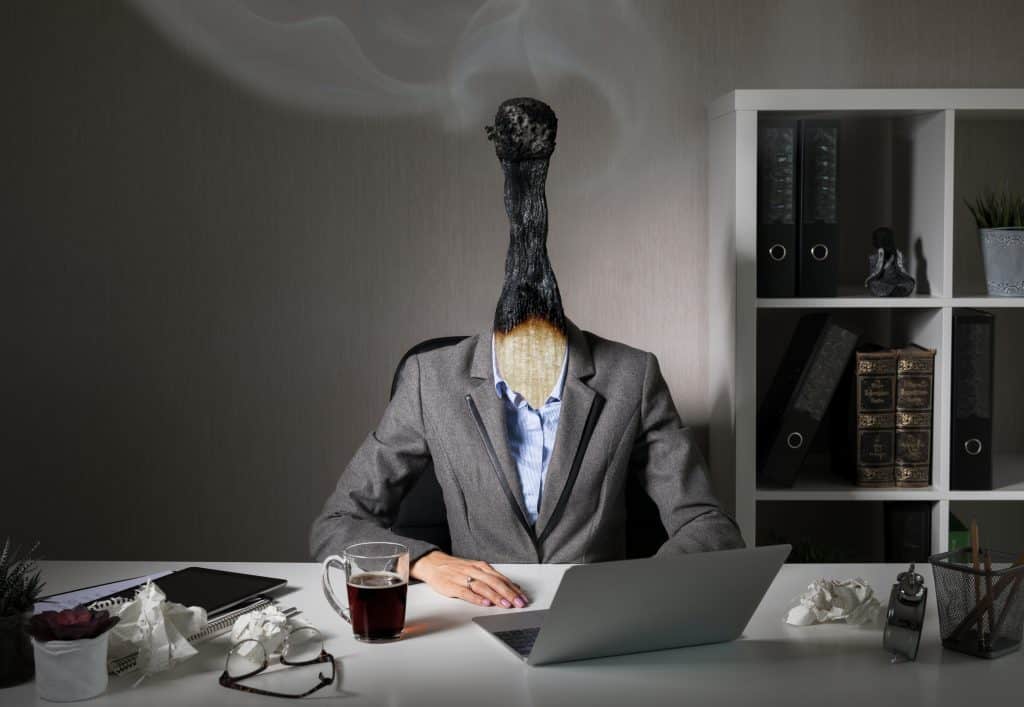
In this second of a series of articles on Burnout, SafetyAtWorkBlog went beyond its regular sources of mental health information and received some useful comments from international professionals in the mental health/burnout space. Courtney Bigony, Director of People Science at 15Five told SafetyAtWorkBlog:

